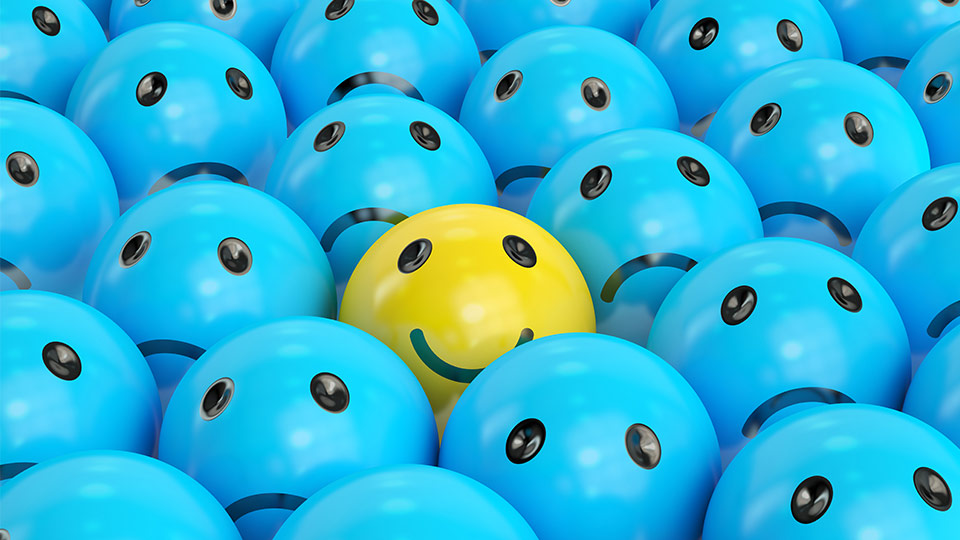
Today is Blue Monday, the most depressing day of the year. It is a time when the twinkling lights of the holiday season have faded, and there are no more social events to look forward to. What’s worse is that we still have three more months of the lingering darkness of short days and gloomy winter weather. Blue Monday arrives with an uncanny ability to cast its shadow over us.
The holiday season, with its emphasis on joy, celebration, and togetherness, tends to create a stark contrast to the stark reality that follows. As the calendar flips from December to January, we are often confronted with the abrupt transition from merriment to mundane. The return to work, responsibilities, and the daily grind can feel particularly daunting after the festivities and parties.
Additionally, the post-holiday period may amplify the sense of loss or loneliness for some. Those of us who experienced the holidays without loved ones, or who grapple with unresolved family dynamics, may find the contrast between the idealized holiday season and their reality to be emotionally challenging.
The arrival of Blue Monday coincides with the depths of winter in the Northern Hemisphere—a season marked by shorter daylight hours, colder temperatures, and severe weather that can also disrupt our regular exercise routines, compounding the challenges of combating depression. For many of us, outdoor activities like hiking, jogging, or simply taking a brisk walk in the fresh air are vital sources of physical activity and the release of endorphins, the body’s natural mood elevators. However, the shorter days, colder temperatures, and inclement weather that often accompany winter can deter us from these outdoor pursuits. The resulting decrease in physical activity not only contributes to feelings of lethargy but also hinders the release of those beneficial endorphins. This can create a cycle in which the lack of exercise reinforces depression, making it even more challenging to break free from its grip.
Shorter days and less exposure to sunlight leads to Seasonal Affective Disorder (SAD), a form of depression that tends to occur at specific times of the year, typically in the winter months. SAD can manifest with symptoms such as persistent sadness, low energy, oversleeping, and changes in appetite, particularly cravings for calorie dense foods. The reduced exposure to natural sunlight during winter can lead to a vitamin D deficiency which plays a crucial role in various bodily functions, including the regulation of mood. Limited sunlight is also believed to disrupt circadian rhythms and affect neurotransmitter levels, contributing to the onset of SAD.
Acknowledging the challenges posed by the post-holiday blues and SAD is the first step toward addressing them effectively. Here are some strategies to consider:
- Maintain a Routine: Establishing a daily routine can provide structure and stability during the transition back to work and everyday life.
- Light Therapy: Light therapy, using specialized lightboxes that mimic natural sunlight, can be an effective treatment for SAD. Regular exposure to these lights can help alleviate symptoms.
- Stay Active: Engaging in regular physical activity releases endorphins, which can improve mood and combat feelings of sadness.
- Connect Socially: Maintaining social connections and seeking support from friends and loved ones can help combat feelings of isolation.
- Professional Help: If the post-holiday blues or symptoms of depression persist and significantly impact daily life, seeking help from a mental health professional is essential.
Blue Monday may be a designated day on the calendar, but the emotions it represents are real and shared by many. The post-holiday period, coupled with the challenges of winter, can indeed be a trying time. However, it’s crucial to remember that these feelings are not insurmountable, and help is available. By acknowledging the emotional toll of this period, seeking support when needed, and implementing self-care strategies, individuals can navigate the post-holiday blues and seasonal depression with resilience and hope. While the days may be short and the weather chilly, the possibility for healing and brighter moments always lies ahead.
